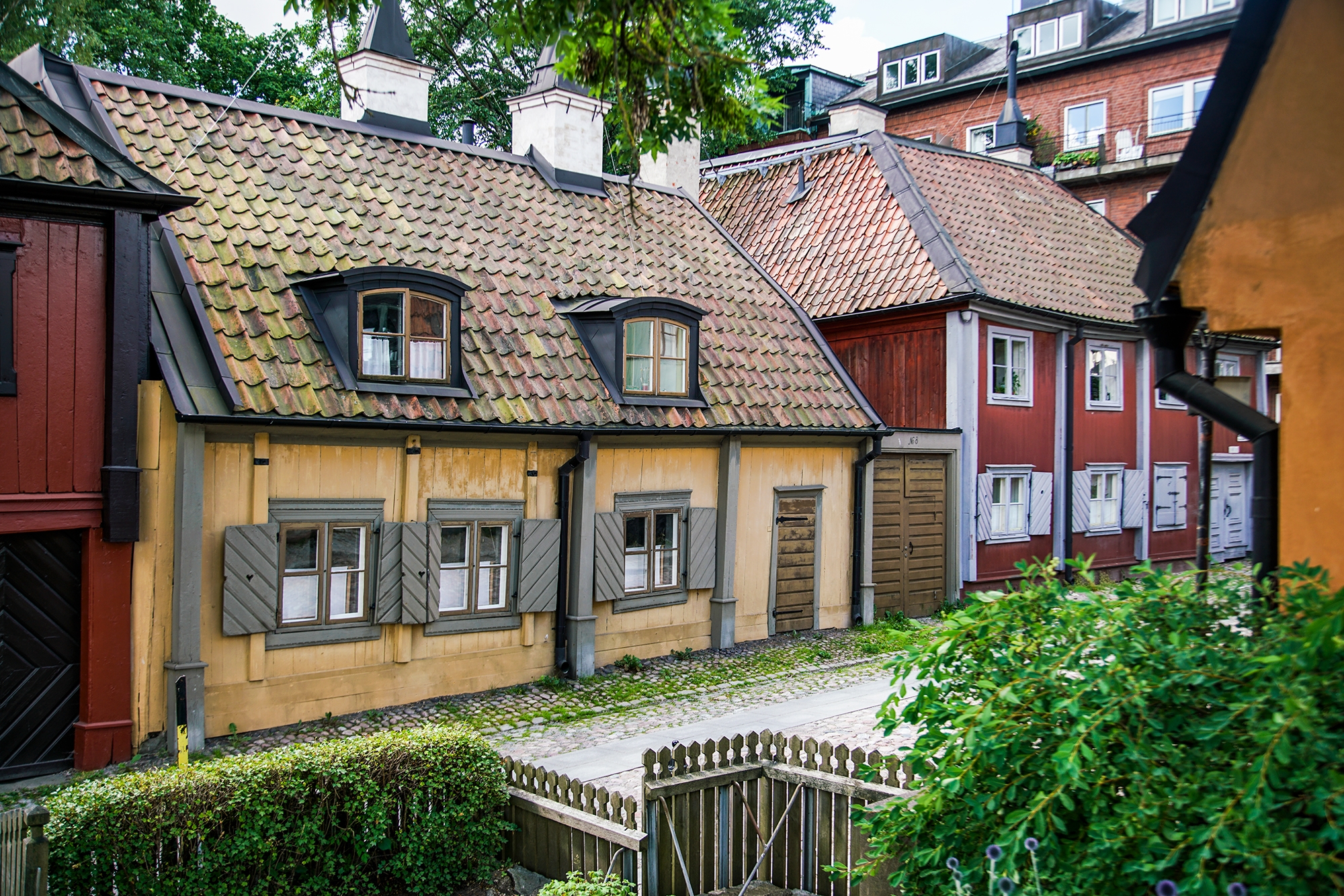
29 Mar Exploring Stockholm’s Södermalm Neighborhood with Context Travel
With less than a week in Stockholm and a conference to attend, we had limited time to explore the city. We ended up joining a walking seminar with Context Travel for our conference activity. After a relaxing morning, we set off to meet our group to get a deeper look into Södermalm, one of Stockholm’s many islands.
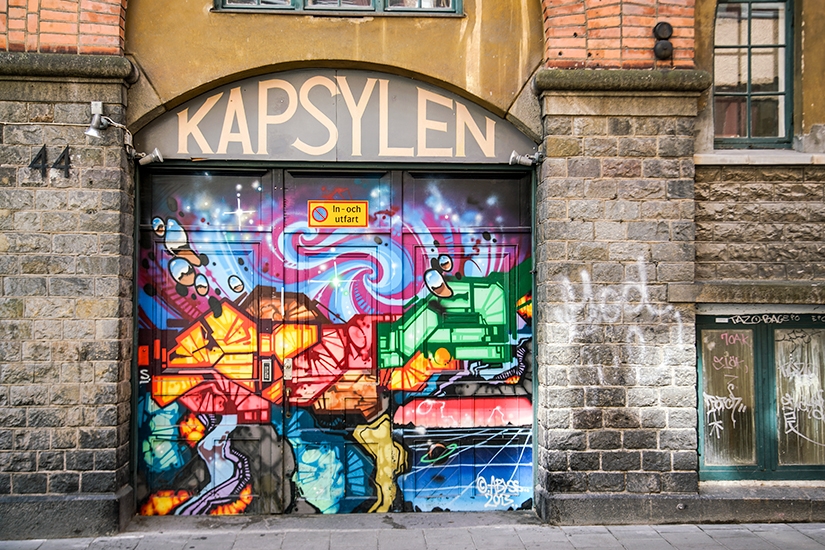
Context offers a wide range of walking seminars with either private guides or a very small group. The walks are for “Intellectually Curious Travelers”, as they focus on diving deep into the local culture of the city you are visiting. The walks are led by local experts; private tours can be customized to your own individual interests or you can join one of the small group sessions with no more than six others. Context calls their local experts docents, as they are scholars or specialists in their field—most have Masters, Ph.D.s or degrees in their field.
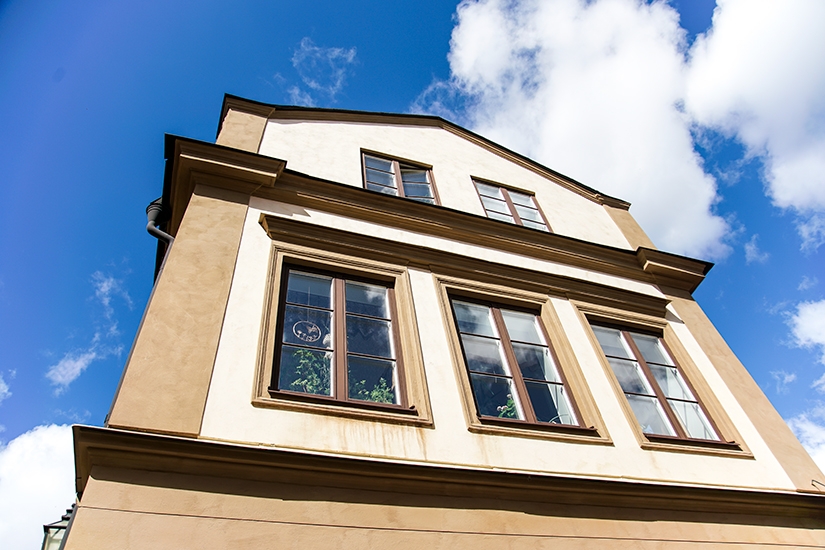
The seminar we joined was called “Södermalm – Hidden Paths & Hipster Headquarters”. Our docent, Elisabeth, has lived in the Södermalm area for a large portion of her life, so she was very knowledgeable about the history and local culture of the neighborhood. Each tour is a bit different depending on the groups interest and interactions, so it was fun to see where the afternoon would lead us.
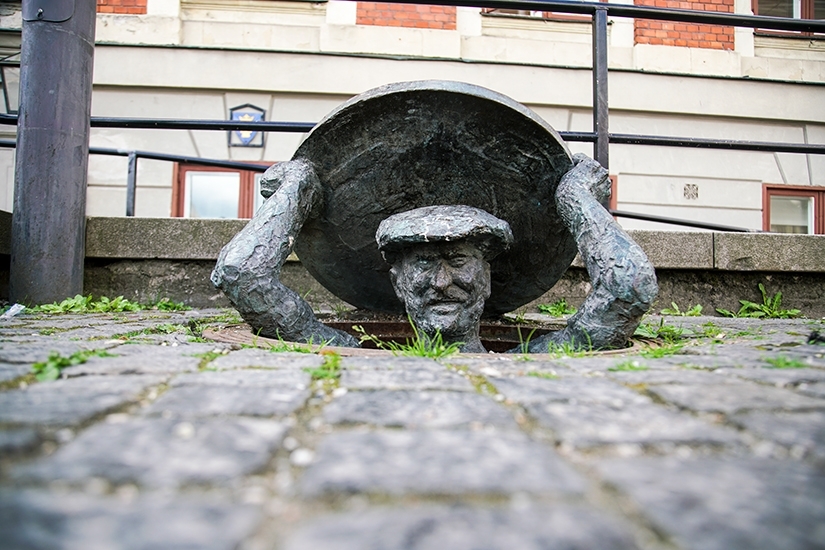
The Södermalm neighborhood is now a trendy part of town but this wasn’t always the case. Over the years the neighborhood has transitioned and grown—in the early 1900’s the area was very poor, filled with tobacco fields, and children worked in the factories. Then, in the 1960’s the subway system connected the neighborhood to the “Old Town” and new construction and a mall were developed. Today, you will find a trendy neighborhood with a hipster influence and style. Throughout our tour, we discussed how and why some of these changes occurred and gained insight into what it means for the residents of Stockholm today.
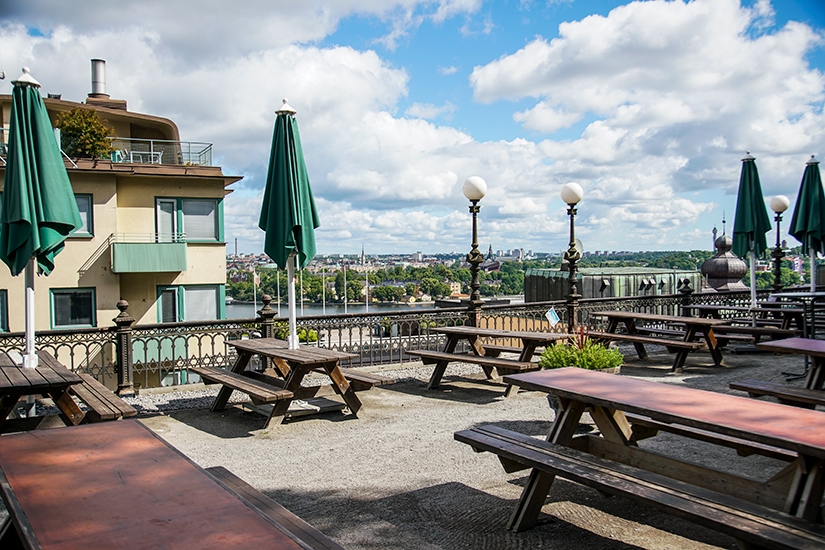
We started our tour in the Slussen area near the locks that connect the Södermalm and Gamla Stan islands. After an introduction and a rough outline of our afternoon, we made our way uphill towards the old streets of the “Häckelfjäll” neighborhood. You can find plenty of houses and buildings that were built in a traditional style well before the neighborhood became trendy. The city of Stockholm owns hundreds of these buildings and rents them out at a reasonable rate, but the city is still going through a housing crisis as many residents want to move out of the suburbs and into the emerging neighborhoods throughout the city.
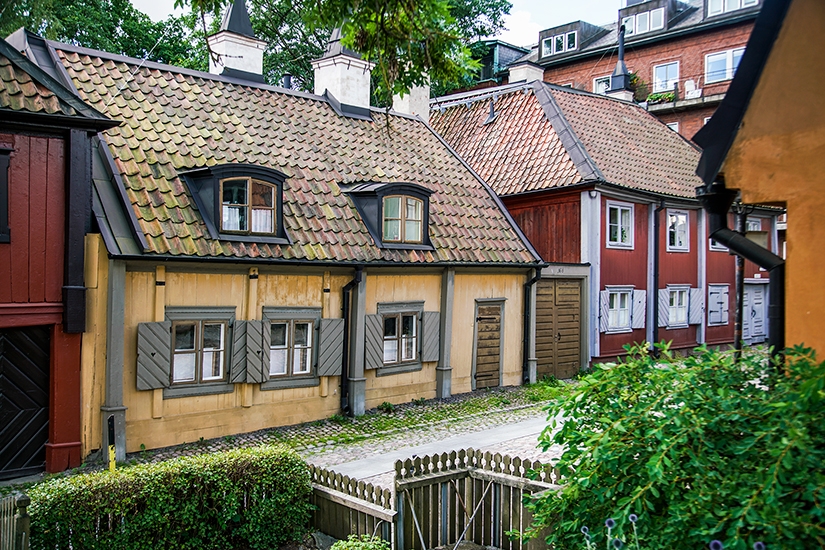
As we wandered through the beautiful cobblestone streets lined with old houses and buildings, we were told stories about kings, queens, superstitions, beheadings and more. We learned that the streets in Stockholm were named after the people that lived on them and their jobs, and we found out why the buildings were all painted in similar colors. For example, one reason the wood was painted with red paint was because it was made from copper and it helped preserve the buildings.
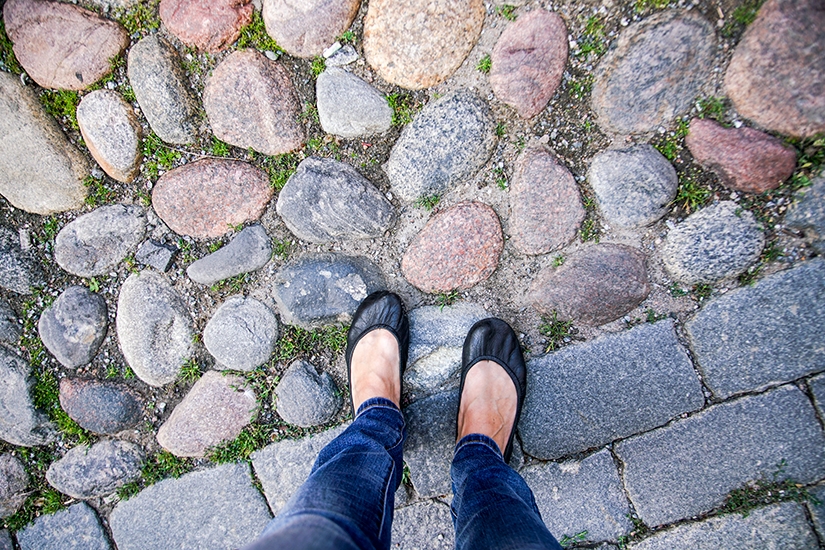
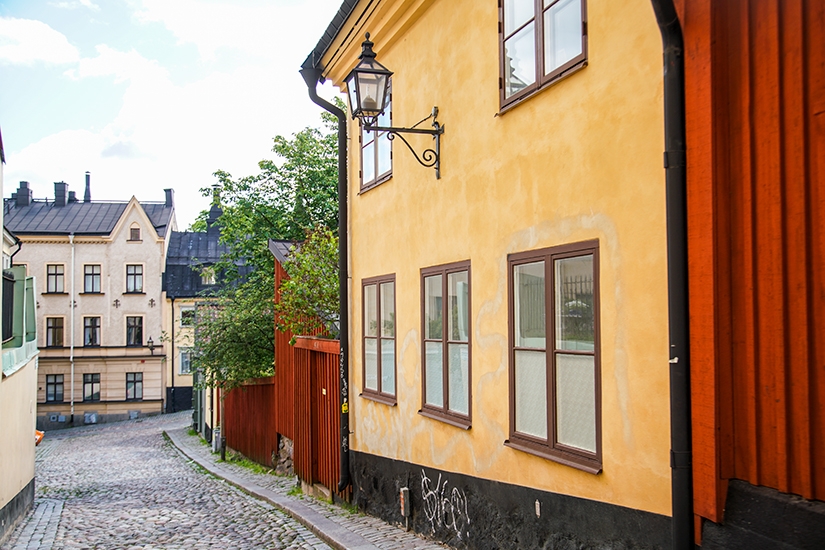
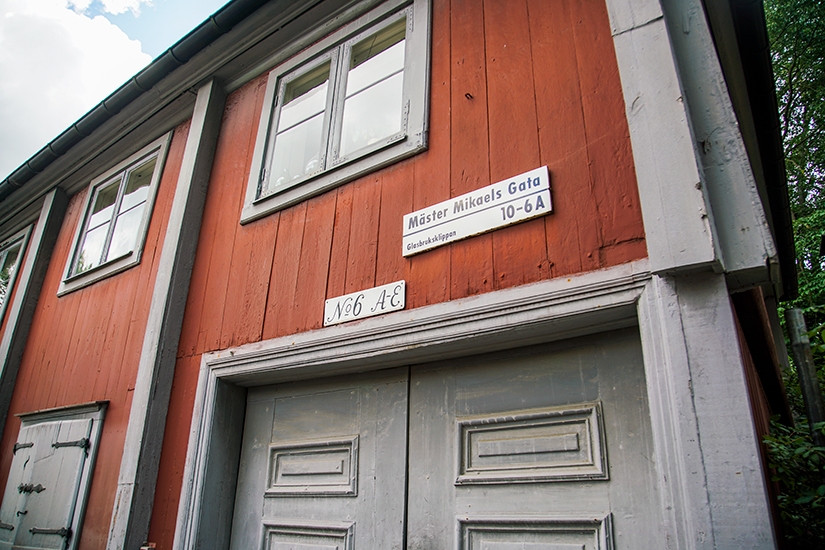
When the neighborhood started changing and a mall was built in the 1960’s, many of the residents were unhappy, and the varied transitions over the years have certainly caused the Södermalm neighborhood growing pains.
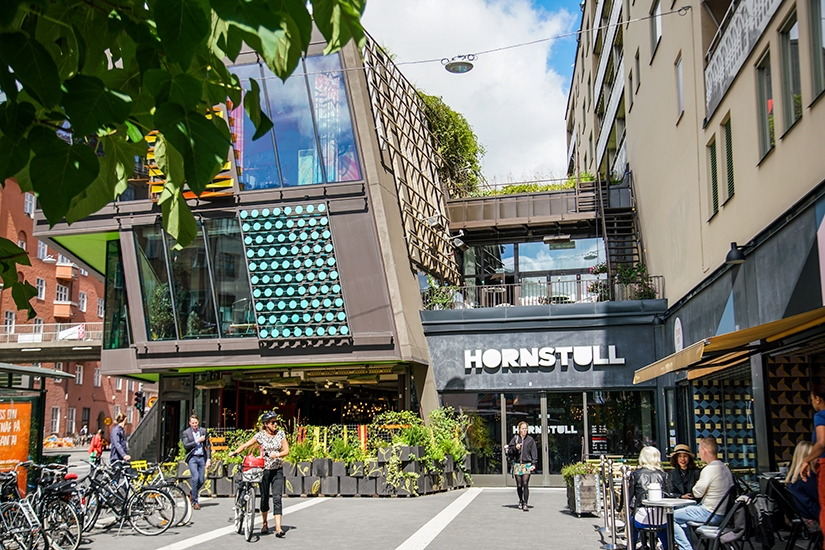
During the tour, we chatted about the changes that have occurred over the years while walking and riding on public transportation. One of my favorite stops on the tour was the pillar in the Hotnstull subway station. This pillar was decorated with molds of various peoples’ body parts such as noses, lips, hands, arms, and more. The artist put up post it notes that said “if you want to become eternal, call me” and she cast molds of the people who contacted her to use in this piece of art. It was fascinating because you didn’t even realize what was covering the pillar until taking a closer look!
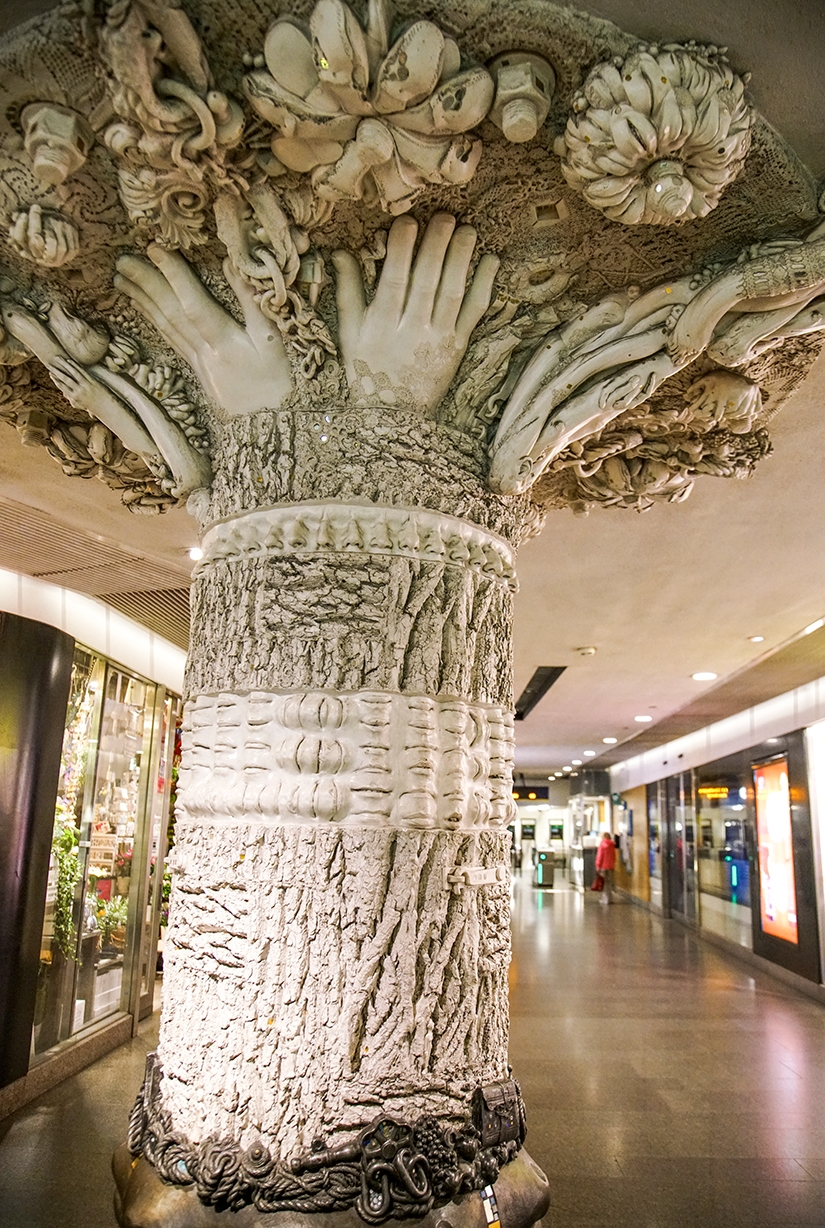
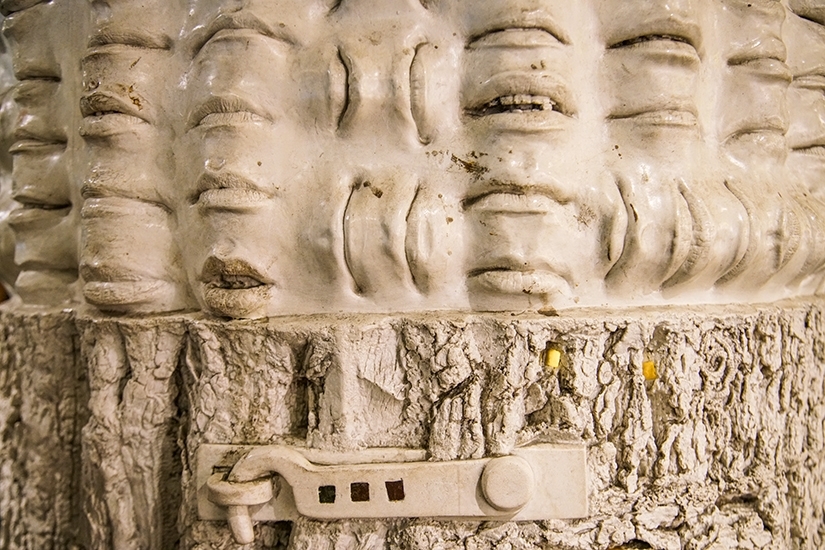
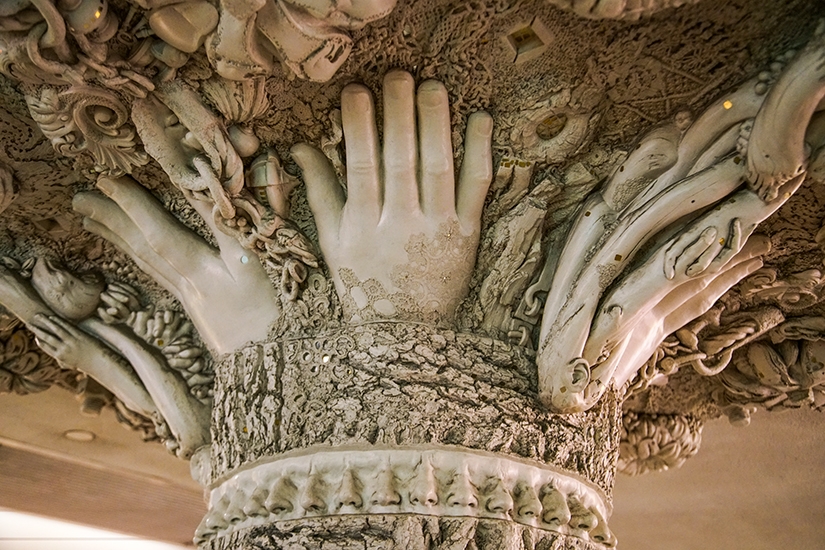
After getting a peek at Hotnstull, the area that once was tobacco fields and is now home to a mall, we made our way back to the heart of Södermalm. The streets were lined with thrift shops, boutiques, parks, bookstores, and cafes perfect for an afternoon fika of coffee and treats. As we walked, I found plenty of stores that I made a mental note to return to after the tour. We were going to visit Pärlam for some traditional candy, but for some reason, it was closed on the day of our tour. Instead, we took a break and relaxed in a park while our dossier picked up some sweet caramel treats at a store nearby.
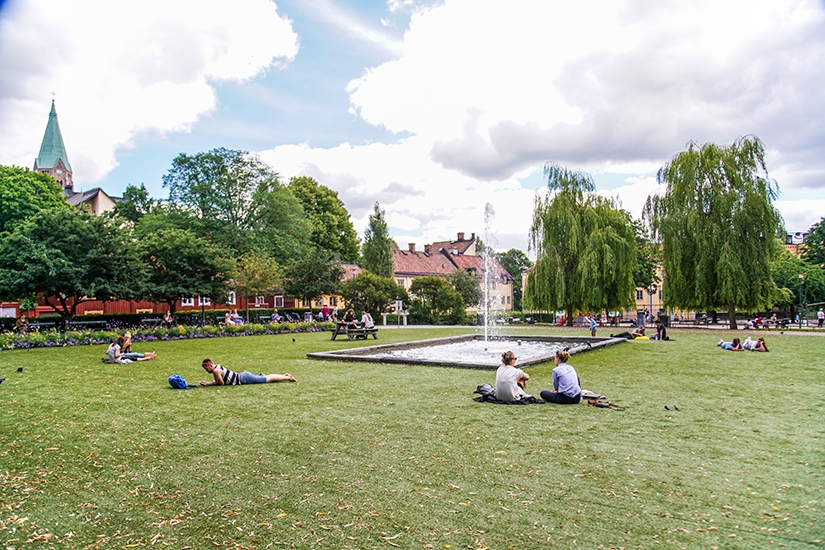
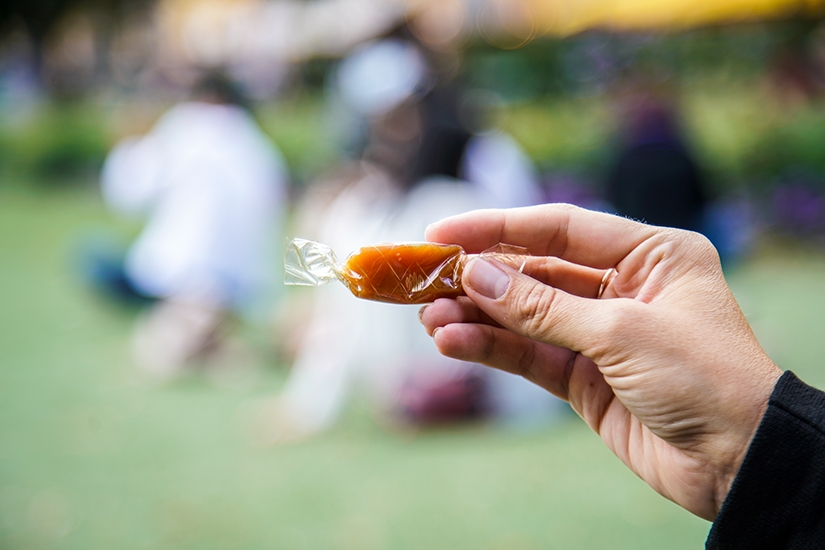
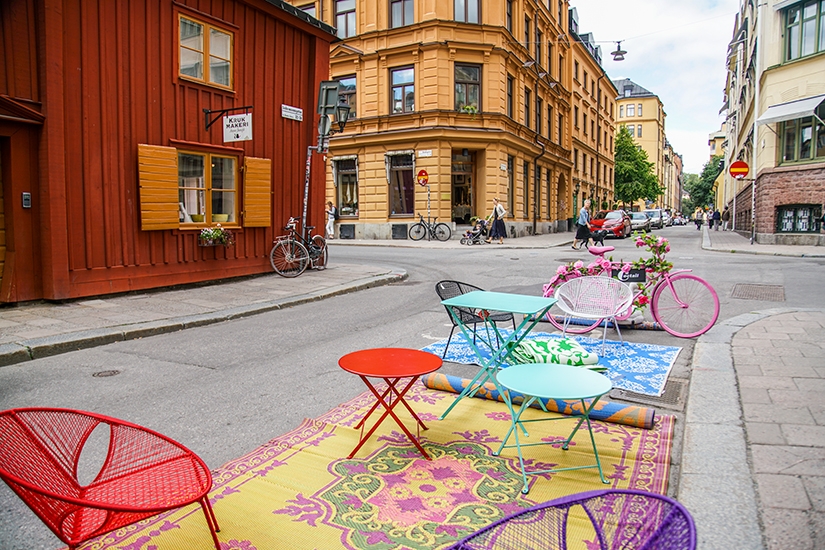
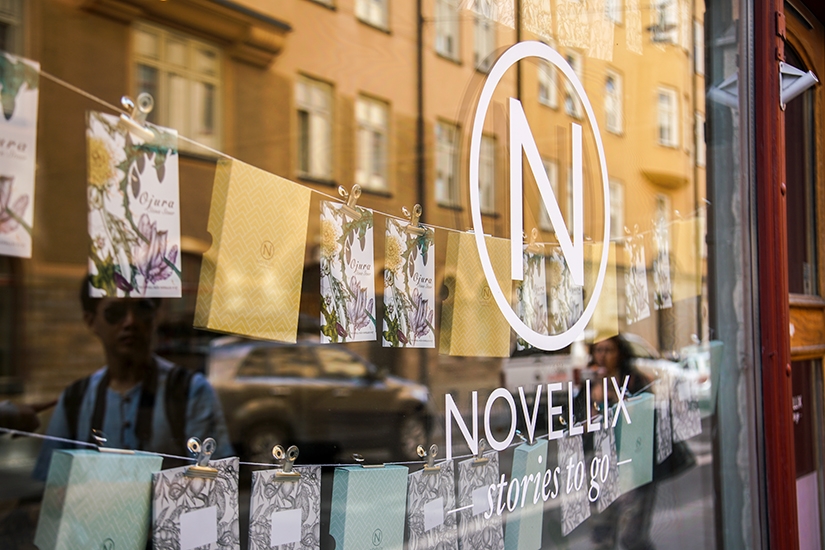
While I don’t want to give away too many specifics of the tour, I will say that it gave me a deeper understanding of how the city has grown and evolved over the years. Södermalm started out as an old and poverty stricken neighborhood, it then circled to a newer lifestyle with the construction of a shopping mall in the 1960’s, and now it is home to the trendy, hipster community which makes it one of the most sought after neighborhoods in the city. All of these transitions have created both good situations and bad situations for the residents of Stockholm, and we enjoyed going deeper to find out what those changes might mean for the neighborhood going forward.
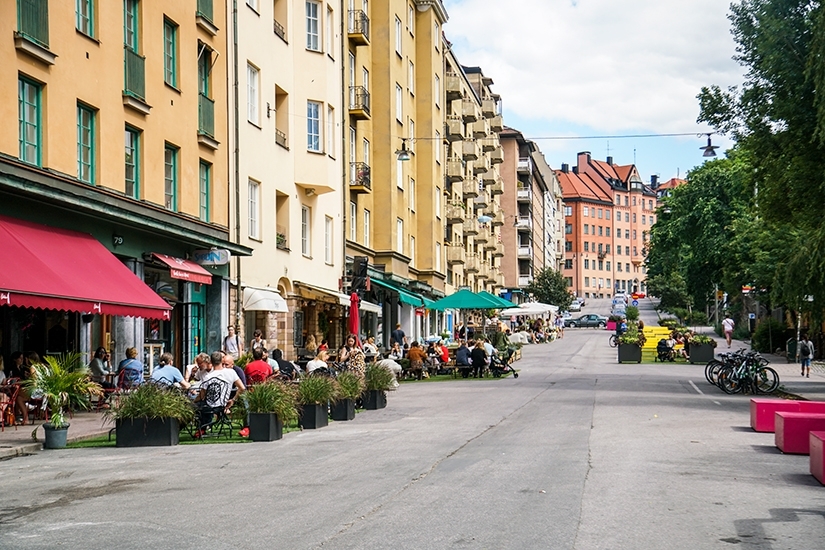
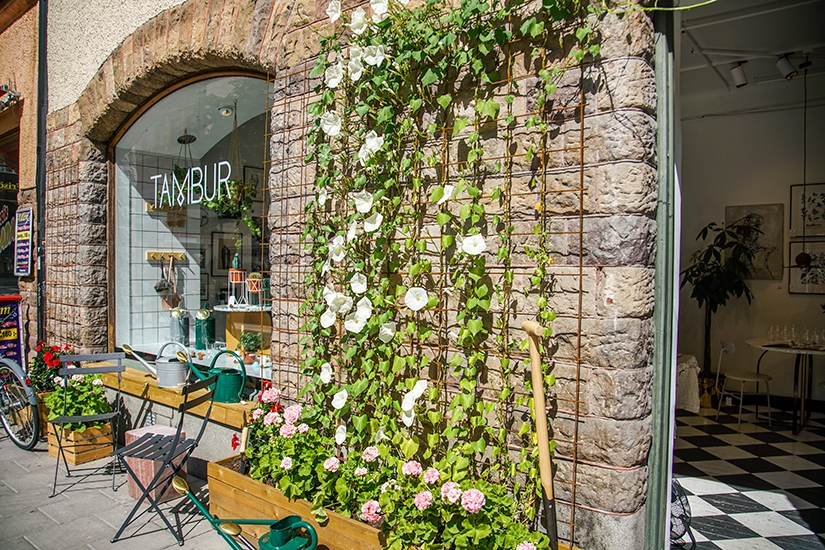
After the tour, we couldn’t resist sticking around the area to browse in a few of the shops and boutiques. I was tempted to purchase several items, but our suitcase space wouldn’t allow for it, so we went out for lunch instead. We stopped at Kaferang, an adorable café, where we enjoyed a delicious lunch and spent time reflecting on everything we had just learned on our Context Tour.
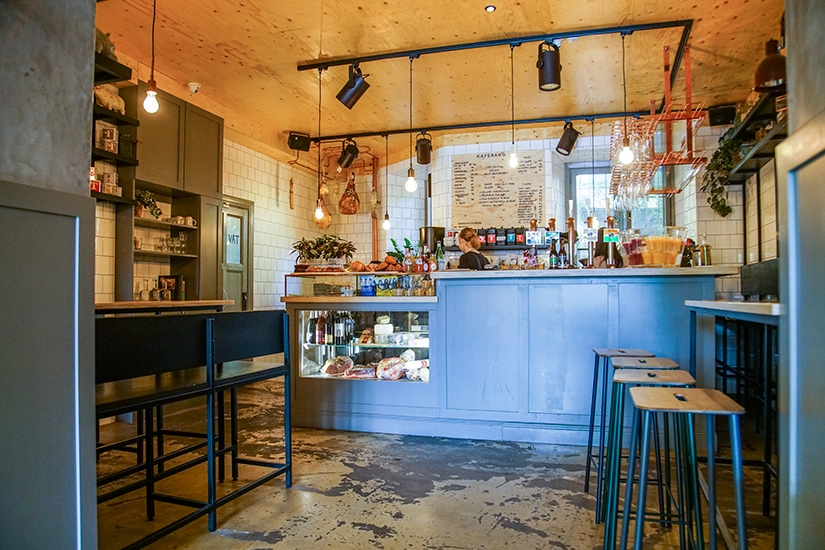
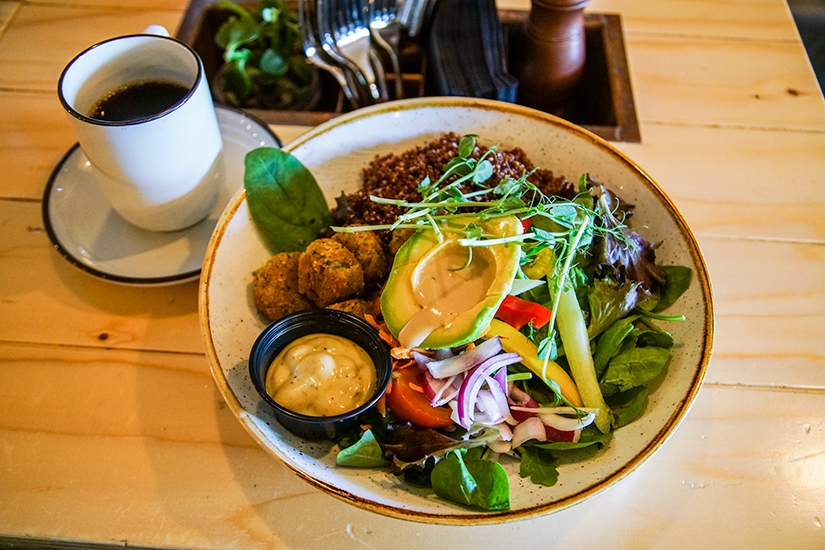
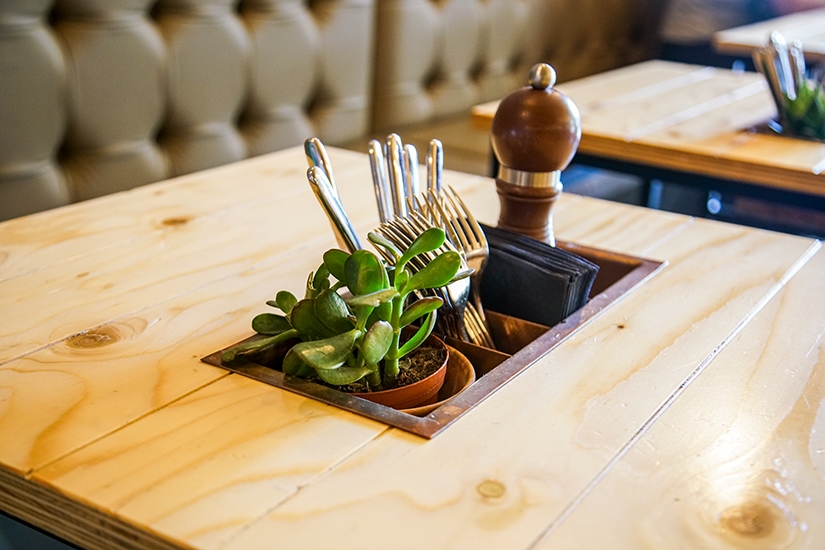
It was a great introduction to the beautiful city of Stockholm, and we couldn’t wait to get out and explore even more!
Special thanks to TBEX and Context Travel for organizing and hosting us on this kayaking adventure! As always, all opinions are our own.

